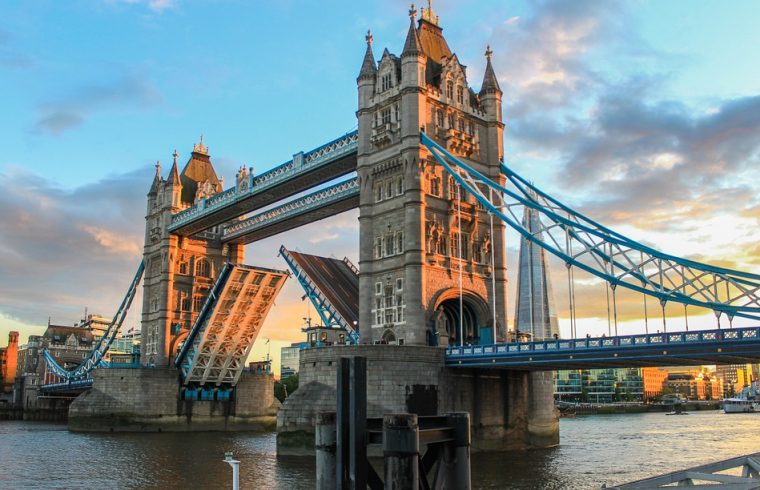If you’ve never been to the United Kingdom, but you’re planning a trip, you’re in for a treat. The UK tends to surprise newcomers with the number of things available to see and do, but if you want to make the most of your visit, there are some things you should know before booking your accommodations.
What to Know First
These are some of the most important facts and customs to acknowledge before planning your flight:
- The difference between the UK, Great Britain, and the countries within. If you’re from outside the UK, you’d be forgiven for thinking that the UK, Great Britain, and England all refer to the same area or the same country. There is, after all, some overlap, but these are all distinct terms, and you should know what they each refer to. The United Kingdom (UK) refers to a collection of countries (i.e., England, Scotland, Wales, and Northern Ireland) contained within Great Britain, plus Northern Ireland. Great Britain refers to an island between the North Sea and the English Channel and is part of the British Isles, which contains more than 6,000 islands (including Ireland). Each country within the UK has some degree of autonomy.
- The UK is small, but there’s lots to see. Though the UK is only about half the size of California, there’s no shortage of places to go. You can travel by car to get to almost anywhere in a reasonable amount of time, and see things like mountains, the sea, and big city life all within a day.
- You’ll need to apply for a visa three weeks (or longer) before you travel. If you’re visiting the UK for a vacation or for business purposes, for less than six months, you’ll need a travel visa. And to make sure your paperwork is processed in time, you should apply for that visa as soon as possible; your visa should be processed within three weeks, but because you can apply up to three months in advance, it’s better to apply early. While you’re at it, prep for your trip in advance by ensuring your passport is up to date, and using a service like Ben Lido to get all the travel supplies you’ll need.
- The lingo is different. You’ll hear different words and turns of phrase in the UK, so even though you may already speak English, you might be confused when you hear some of those terms. For example, you could hear someone refer to the “boot” of a car (the trunk), or the “underground” as the subway. Consider speaking with a native speaker or reading material from the UK to prepare for your trip.
- The cultural differences. You’ll also find a number of cultural differences that extend beyond simple changes in terminology. The roads and cars, for example, tend to be smaller than those in the United States, and parking is incredibly difficult to find. At social gatherings, people are far more likely to stick around, rather than finding an excuse to leave. And at restaurants and bars, you’ll find most beverages served warmer than in the United States—icy is a rare commodity.
- Trains, shuttles, and subways are plentiful (and you should use them). There’s no shortage of public transportation options in the UK, and it pays to take advantage of them. Driving in rural areas can be quite pleasant, but in the cities, driving conventionally is nearly impossible. Conversely, traveling via trains, shuttles, and the underground are viable, inexpensive, and convenient options. Just make sure you travel during off-hours to avoid congestion.
Learn Before Leaving
There’s plenty more to learn about the UK, including the plethora of museums and monuments to see, the landscapes to explore, and the bars, restaurants, and quaint villages that define the area. As exciting as it would be to go in blind and explore it as a total newcomer, you’re best served learning about the area before visiting. That way, you’ll be able to make the most of your trip—and minimize misunderstandings as you navigate the new terrain.

